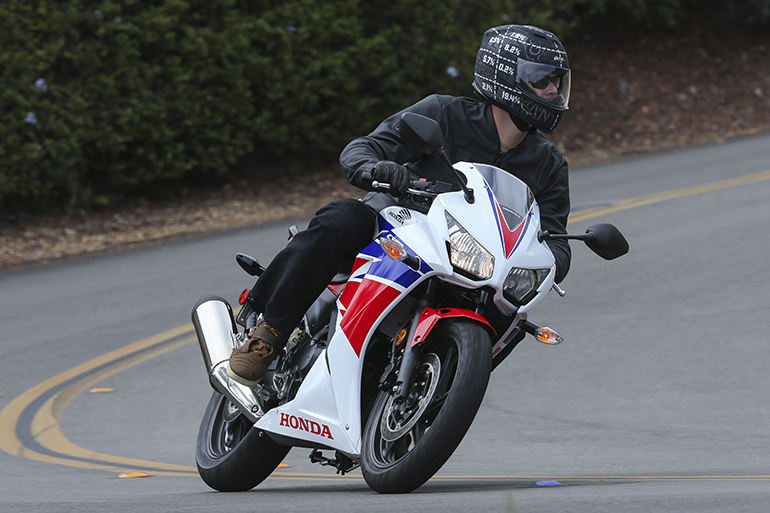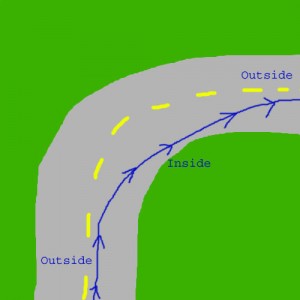I see a lot of people with a lot of new vehicles everyday and the country that I live in, India, has sales of two wheelers more than twice or maybe thrice of the total number of four wheelers sold country wide. That means more bikes than cars and that also means new riders and these new riders face struggle, a lot of struggle!
So, here are few major highlights on how to be a good beginner rider and not messing up and your motorcycle. Please go through.
KNOW YOUR MOTORCYCLE
The very first thing i might do before riding my new bike would know about it. Knowledge is the best help one can do for him/her. Go through the user manual properly; know all of the features of your motorcycle. Take time to set up your mind about the power, posture and comfort it is offering. Safety is first so know about the braking force that it can provide in emergency situations. Also, try to choose a low capacity motorcycle at first to keep things under control. Large capacity means fast pace and that would not be supportive for a beginner in any sense.
SITTING ON SADDLE
The very first thing? Ensure you wear a helmet and recommended a good riding jacket and gloves too. Before starting your journey, adjust the rear view mirrors to ensure proper view of back. Get used to the blind spots and take care of vehicles in them.
Sitting should be on the basis of top loose and bottom tight posture, meaning, the upper part of your body should be loose and the lower parts like thighs and knees should be as tight as possible.
Riding the new motorcycle takes time to get used to its power and capabilities, so, take time and don’t just rush into redline. Speed up slowly and brake slowly to gain confidence over the saddle.
While riding in city, maintain proper distance to avoid any collisions (a distance of at least 6ft). Don’t over speed and avoid zig zagging in traffic at every cost. Filtering of traffic shall only be done when you gain proper control over your motorcycle.
Over the highways, use throttle to ensure slow power delivery, a wide open throttle is never good. Maintain your lane and speed limits.
Avoid road race and road rage at any cost.
TAKING CURVES
While on curvy sections of mountains or any plain area road ensure the speed limit of your motorcycle is enough to make decisions on time. Overspeeding leads to less reaction time, don’t do it.
Before taking the turn follow the rule of being Outside-Inside-Outside. This means that before entering a curve go wide, reduce throttle, have a look at maximum approach point and then throttle up exiting corner with getting close to the curve and then again going wide.
Over a turn, never ever brake! Braking at turns is a strict no-no and would misbalance your bike in a matter of no second, avoid that.
Posture of leaning also matters. I have seen riders leaning opposite to the bike, not it’s just a wrong way to do it but also fatal. Lean in with the lean angle of bike to attain the best center of mass position for your bike.
Never ever switch off the engine while downhill, it just makes things worse by freeing up the engine and thus increasing the momentum. Keep it in the lowest gear possible to use the engine resistance for braking efficiently.
OFF TIME RIDING
Meaning, when the daylight is gone or foggy situation in front of you or rainy ride. So, during any of such conditions or any other worse conditions, the first thing is to control your pace and command motorcycle in every sense. During night, keep low beam as much as possible to get a wider and longer view of road. Slow down pace during oncoming vehicles and maintain your lane. Also, must use blinkers for lane changing to give others a good idea of what you are planning. Similar applies for fog and rains. During rainy season, ensure, your tyres and braking system is in perfect condition for avoiding any mishaps.
Keep these basics in mind before revving up your new motorcycle and enjoy a good safe journey. Ride tastefully.
[ Image Source : Rideapart.com ]


